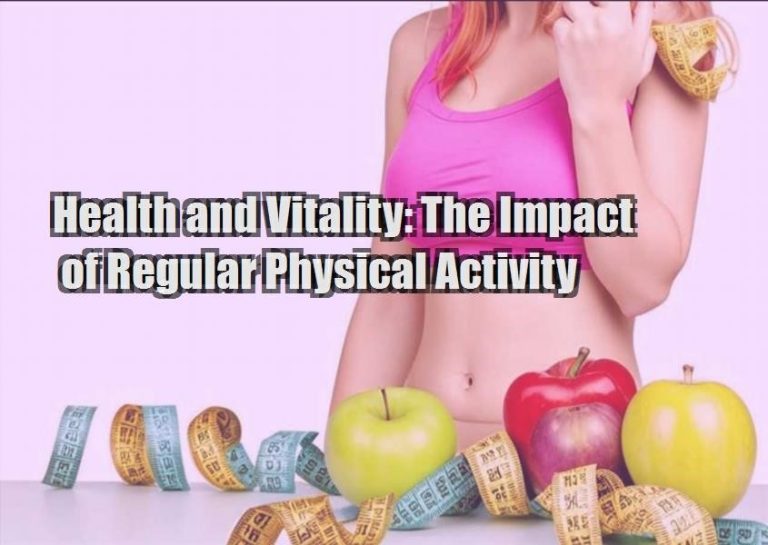In todays fast-paced world, where processed foods dominate the market, understanding how to decipher food labels is essential for maintaining a healthy lifestyle. With obesity and diet-related diseases on the rise, consumers must be empowered with the knowledge to make informed choices about the foods they consume. This article aims to demystify food labels and provide practical tips on how to interpret them effectively.Understanding the BasicsBefore diving into the intricacies of food labels, its crucial to grasp the fundamental components typically found on packaging. The Nutrition Facts label, mandated by regulatory authorities in many countries, offers valuable insights into the nutritional content of a product. Key information includes serving size, calories, macronutrients (such as fats, carbohydrates, and proteins), as well as micronutrients like vitamins and minerals.Decoding Serving SizesOne common pitfall when reading food labels is overlooking the serving size. Manufacturers often provide nutritional information based on a standard serving size, which may differ from the portion you actually consume. To avoid confusion, always compare the serving size listed on the label with the amount you intend to eat.Analyzing MacronutrientsMacronutrients, comprising fats, carbohydrates, and proteins, play a crucial role in our diet. Understanding their presence and proportions in a product can help you make informed choices. Keep an eye on saturated and trans fats, as well as added sugars and sodium, as excessive consumption of these components can contribute to various health issues.Spotting Hidden IngredientsWhile the Nutrition Facts label provides valuable information, its essential to delve deeper into the ingredient list for a comprehensive understanding of what youre consuming. Ingredients are typically listed in descending order by weight, with the primary components appearing first. Watch out for hidden sugars, artificial additives, and preservatives, which may negatively impact your health in the long run.Navigating Claims and LabelsIn addition to the Nutrition Facts label, food packaging often features various claims and labels aimed at enticing consumers. Phrases like low-fat, all-natural, or organic may influence your perception of a products healthfulness. However, its crucial to scrutinize these claims and assess their validity. Opt for whole, minimally processed foods whenever possible to ensure optimal nutritional value.Making Informed ChoicesArmed with the knowledge of how to read food labels, youre better equipped to make informed choices that align with your health goals. Prioritize whole, nutrient-dense foods, and aim for a balanced diet rich in fruits, vegetables, lean proteins, and whole grains. Remember that moderation is key, and occasional indulgences are perfectly acceptable as part of a healthy lifestyle.

Similar Posts

Physical Health: The Benefits of Walking
Walking is one of the simplest, most effective, and accessible forms of exercise available. Whethe…

Health and Vitality: The Impact of Regular Physical Activity
Regular physical activity is widely recognized as a cornerstone of a healthy lifestyle. Engaging i…

Health and Fitness: The Benefits of Yoga
Yoga, an ancient practice that originated in India, has gained immense popularity worldwide. It is…

Balanced Health: Managing Technology Use for Better Health
In todays digital age, technology plays an integral role in our daily lives. From smartphones and …

Health and Fitness: Outdoor Workouts for Fresh Air and Fitness
As the weather warms, theres no better time to take your workouts outdoors. Outdoor workouts offer…

Healthy Living: Reducing Your Intake of Processed Foods
In todays fast-paced world, convenience often trumps nutrition. Processed foods, with their long s…
